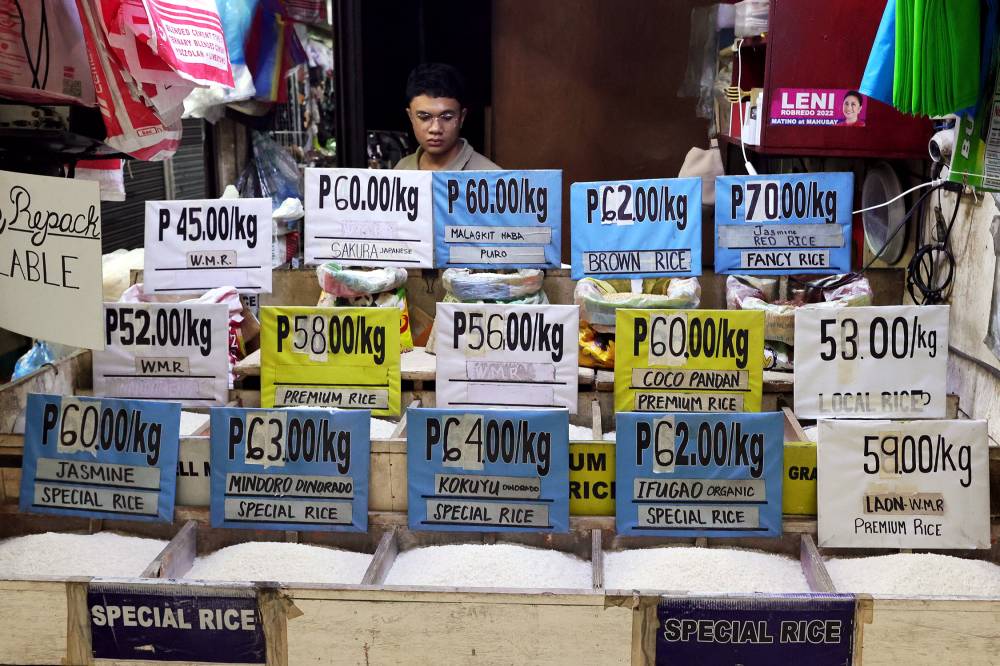MANILA, Philippines — Rice prices may drop by as much as P9 per kilo this July, a local rice trading group assured the House leadership on Monday.
During a meeting with Speaker Martin Romualdez, the leaders of the Philippine Rice Industry Stakeholders Movement (Prism)—composed of seed growers, farmers, millers, traders, importers, and retailers—estimated that rice prices would significantly drop to as low as P42 per kilo by July after President Ferdinand Marcos Jr. issued an executive order (EO) reducing tariff rates on imported rice.
READ: Marcos amends tariff schedule
Prism founder Orly Manuntag said the group also pledged to negotiate with exporting countries and convince them not to take advantage of rice prices “so that this EO would not be put to waste.”
According to Manuntag, they expect the price of regular milled rice to go down to between P40 and P43 per kilo, well-milled rice to P45 to P46 per kilo, and premium rice to P47 to P50 per kilo.
READ: Marcos formalizes rice tariff cut via EO 62
The President’s EO issued last month is part of the new Comprehensive Tariff Program for 2024-2028 approved by the National Economic and Development Authority Board, as the Marcos administration worked to reel in runaway rice prices and inflation. It reduces the tariff on imported rice from 35 percent to 15 percent in hopes of stabilizing rice prices.
After the EO was enacted, agricultural groups like the Federation of Free Farmers (FFF) said the tariff cut was like a “stab in the back” and spelled the likely “death blow to the country’s 3 million rice farmers and the rice industry as a whole.”
Shot in the dark
“That the tariff [cut to 15 percent from 35 percent] on rice [imports] will provide major and lasting relief to consumers is more a shot in the dark than a probable result,” FFF national manager Raul Montemayor said.
Manuntag admitted that the group initially thought the Marcos administration would release the EO in August, “but now we will simply have to adjust …, so right now we’re hoping that once the EO is reviewed, the administration can consider some of our recommendations.”
This includes, among others, ensuring that farmers get enough subsidies as well as pushing for cluster farming, which would allow consumers to buy directly from farmers.
At the same time, Romualdez sought to allay concerns that the measure did not meet earlier expectations to bring down rice prices to less than P30 by July—but admitted that it was possible that these could decrease further to P39 by next year.
“I assure you that that’s the target, that’s the aspiration. We will get there somehow and we hope it will be sooner than later,” he added.
